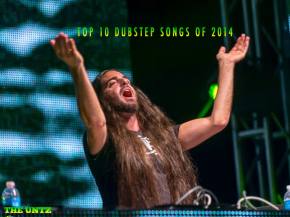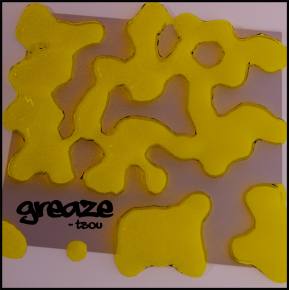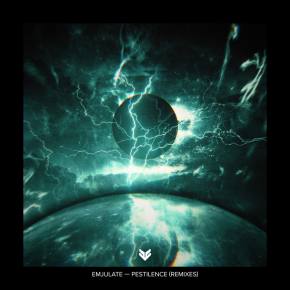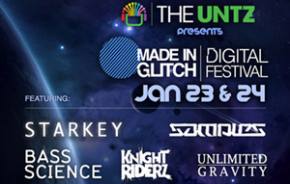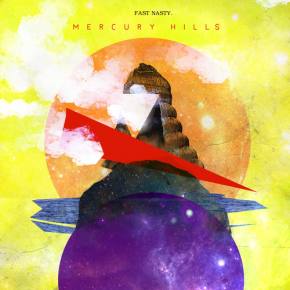Published: October 23, 2012
By: Chris Schwarzkopf
Post dubstep is still in its infancy; still too nebulous for producers, critics, and fans alike to be able to agree on what exactly the moniker should entail. Nevertheless, interesting things are happening.
That’s where Matt Keaton, aka Fast Nasty, comes in with his new EP, Mercury Hills. No stranger to traditional dubstep, Keaton is definitely onto something, following the logical progression to find what lies beyond. Take Mercury Hills’ three tracks as a sample of what post dubstep has to offer.
The same spirit of experimentation that characterized dubstep in its early days, and now defines it, can still be found in post dubstep. But if anything could already be said to be a defining trait of this emerging style, it would be the overall slower tempo of the music.
Post dubstep doesn’t make use of the traditional rate of 140 beats-per-minute. And that might be its major coup. That, and the fact that the volume at which traditional dubstep is recorded is brought down for post dubstep. By comparison, a lot of the music seems positively tame. A greater emphasis on vocals and vocal samples also sets post dubstep apart from its predecessor.
All of this is certainly the case on Mercury Hills. Each of the three tracks builds more slowly, more deliberately. And each maintains a simpler rhythm.
Post dubstep stills employs the gaps, abrupt changes in pitch and duration, synth lines that are all over the place and wubs, wobbles and growls of traditional dubstep, but to a lesser degree, although this may vary from song to song and from artist to artist.
In this regard, Mercury Hills has much in common with Fast Nasty’s earlier EP, Mourning of the Empress. Both utilize these elements minimally, or at least more conservatively. This causes these two EPs to stand apart from "Hypno Roll", Fast Nasty’s collaboration with SpookyJones, where the focus is on heavy dubstep.
Matt Keaton and artists like him are at the forefront of a new movement. Only time will tell if this movement gains wide acceptance or if people will look on it as a novelty, a fluke. But amazing things are being created as some producers make the shift to post dubstep. I’d even go so far as to say that Keaton and his contemporaries are now doing for electronic music in general, and dubstep in particular, what Jon Hendricks did for jazz more than 50 years ago.




